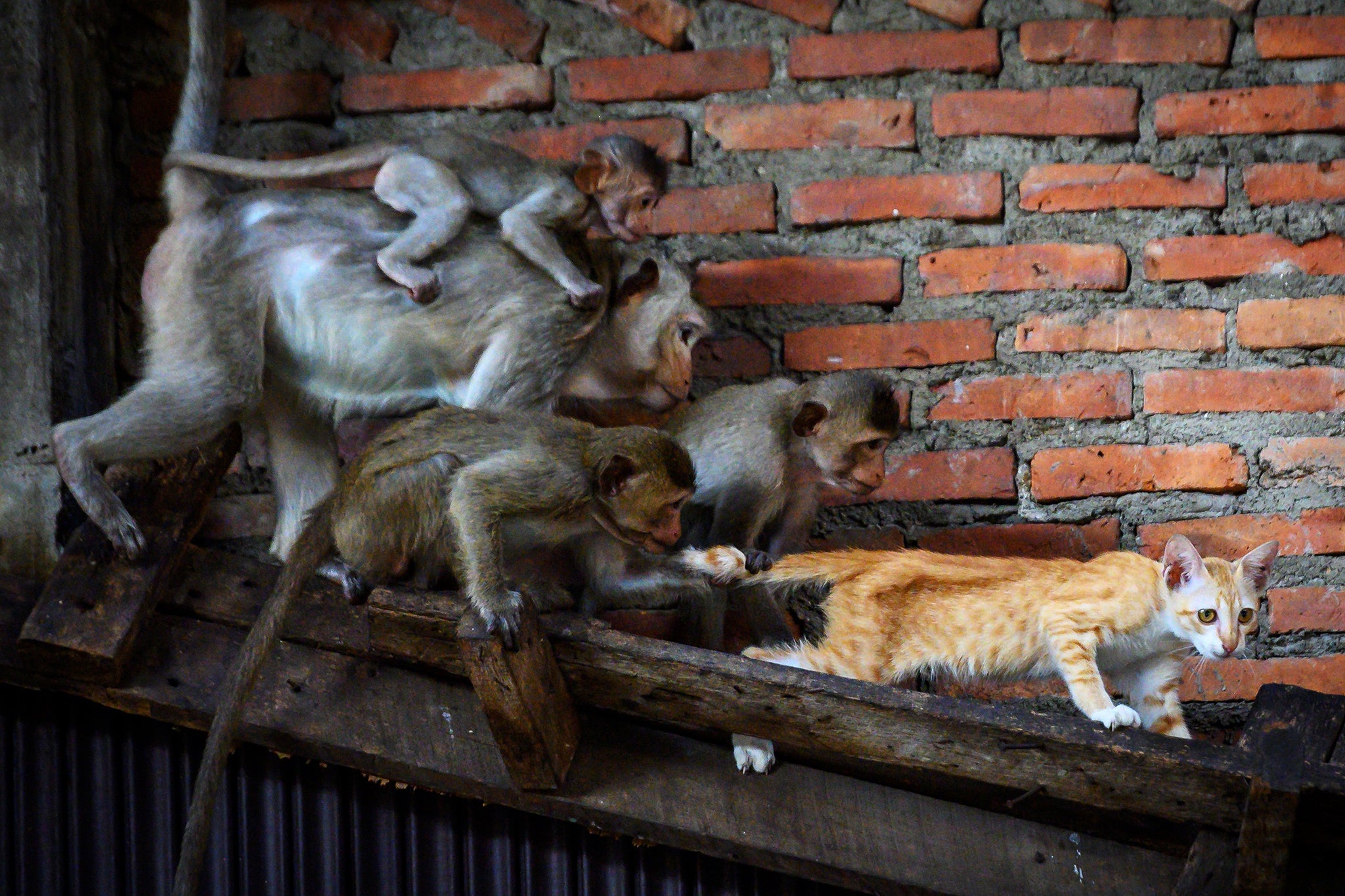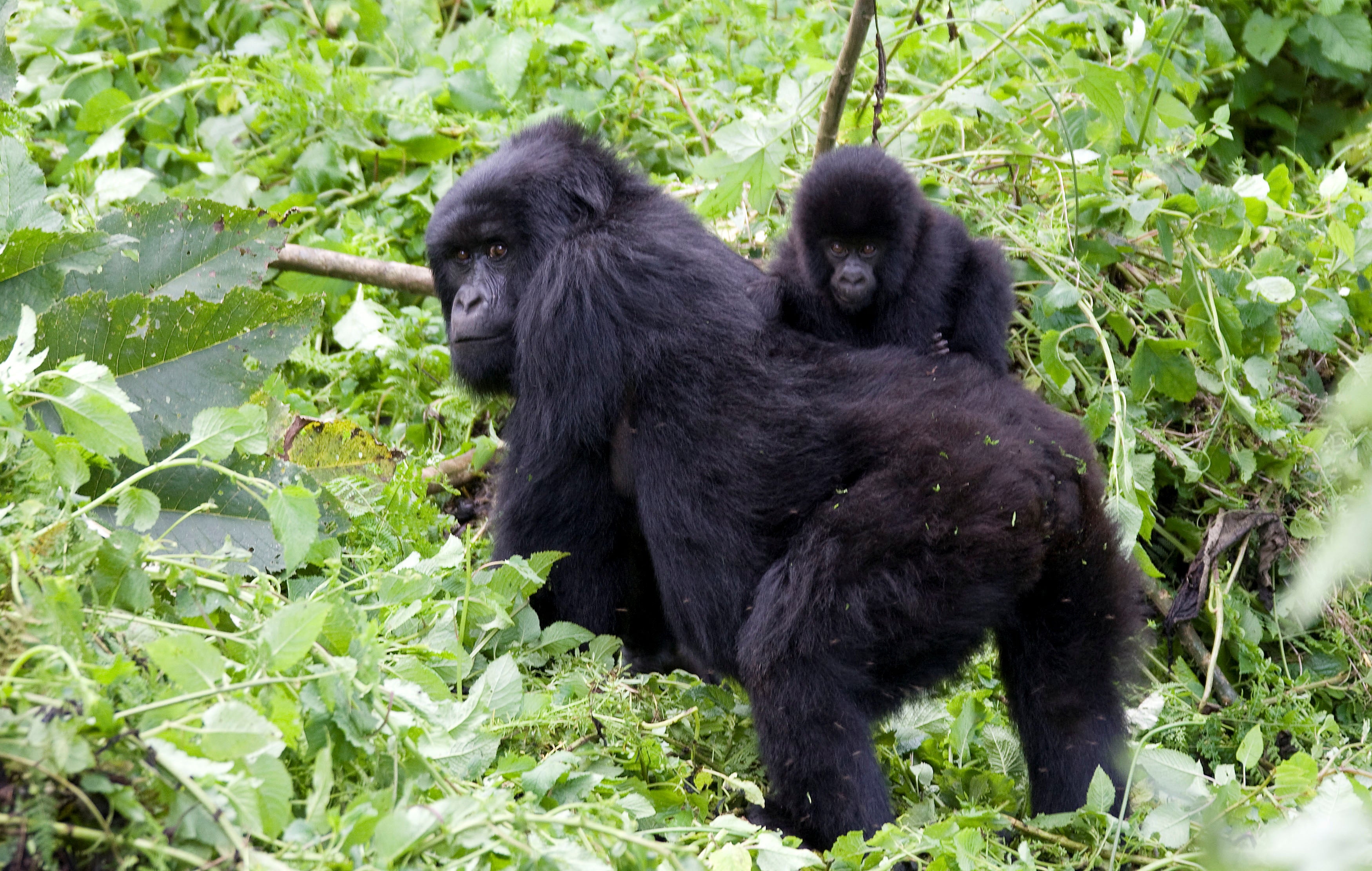Scientists think they finally know why humans don’t have tails
The researchers compared the DNA of two groups of primates: monkeys and hominoids
For years, scientists have pondered a question: Why is our species devoid of a tail, especially when our primate ancestors once possessed them?
Researchers believe they may have finally unraveled the genetic mechanism responsible for our tailless state and that of our ape predecessors.
It appears to be linked to a mutation in a crucial gene.

The tail was a prevalent trait in most vertebrates for over half a billion years, and its disappearance could have conferred advantages as our ancestors transitioned from arboreal habitats to terrestrial environments, according to the scientists.
The researchers compared the DNA of two groups of primates: monkeys, which have tails, and hominoids - humans and apes - which do not. They found a mutation in a gene called TBXT that was present in people and apes but absent in monkeys. To test the effects of this mutation, the researchers genetically modified laboratory mice to have this trait. These mice ended up with either a reduced tail or none at all.
“For the first time, we propose a plausible scenario for the genetic mechanism that led to the loss of the tail in our ancestors. It’s surprising that such a big anatomical change can be caused by such a small genetic change,” said New York University Langone Health geneticist and systems biologist Itai Yanai, who helped lead the study published in the journal Nature.
The absence of a tail may have better balanced the body for orthograde - upright - locomotion and eventually bipedalism, said geneticist and systems biologist Bo Xia of Harvard University and the Broad Institute, the study’s lead author.
The mutation that led to tail loss, according to the researchers, occurred roughly 25 million years ago, when the first apes evolved from monkey ancestors. Our species, Homo sapiens, appeared roughly 300,000 years ago.
The evolutionary lineage that led to apes and people split from the lineage that led to today’s Old World monkeys, a family that includes baboons and macaques. Hominoids today include humans, the “great apes” - chimpanzees, bonobos, gorillas, orangutans - and the “lesser apes” - gibbons. The earliest-known hominoid, called Proconsul, was tailless.

Hominoids evolved the formation of fewer tail vertebrae, losing an external tail. Vestiges of a tail remain in humans. A bone at the base of the spinal column called the coccyx, or tailbone, is formed from fused remnants of tail vertebrae.
For many vertebrates, a tail has helped with functions like locomotion - think of propulsion by fish and whales - and defense - as with dinosaurs that wielded tails with clubs or spikes. Some monkeys and some other animals have prehensile tails that can grasp objects like tree limbs.
“A tail may be advantageous when you live in trees. As soon as you transition to land, though, it may be more of a liability,” Yanai said.
The advantages obtained by going tailless appear to have come with a cost. Because genes may contribute to multiple functions in the body, mutations that confer an advantage in one area may be detrimental in another.

In this case, the modified mice showed a small increase in severe birth defects, called neural tube defects, of the spinal cord, resembling spina bifida in people.
“This suggests that the evolutionary pressure to lose the tail was so great that, despite creating the potential for this condition (neural tube defects), we still lost the tail,” Yanai said.
It is an interesting thought experiment to ponder whether humans could have evolved with tails.
Join our commenting forum
Join thought-provoking conversations, follow other Independent readers and see their replies
Comments
Bookmark popover
Removed from bookmarks